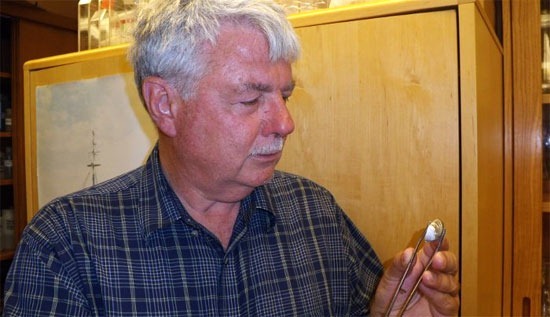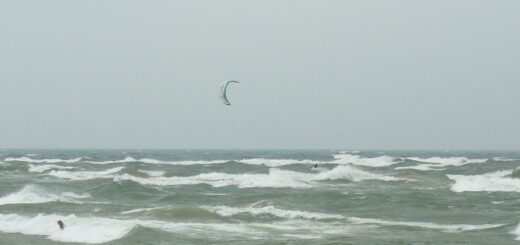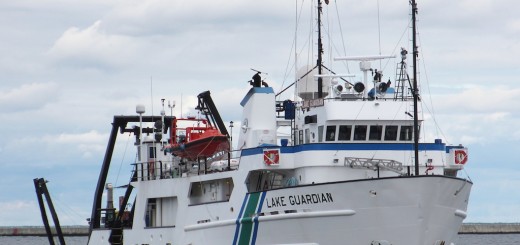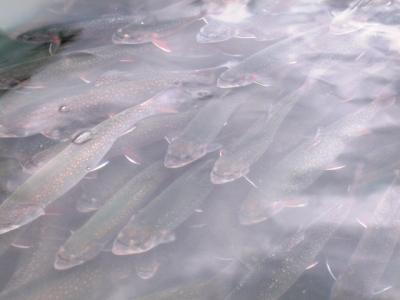Life found around geothermal vent in Yellowstone Lake
0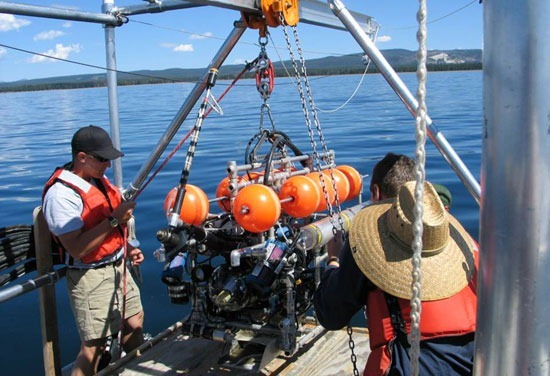
A remotely operated vehicle is prepared for deployment into Yellowstone Lake to help study unique life that has proliferated around a lake-bottom geothermal vent.
Aquatic life has been found flourishing around one of hundreds of geothermal vents at the bottom of Yellowstone Lake. The unique ecosystem, including moss, worms, and shrimp, thrives roughly 100 feet below the surface, where the water is 90 degrees Fahrenheit and so full of nutrients, gases, and poisons that it’s jet black.
Researchers from Montana State University were able to study this unique environment with the help of a 250-pound remotely operated vehicle designed by Dave Lovalvo of Eastern Oceanics Research, who is well-known for building the much larger deep ocean ROV that explored the Titanic. The MSU research team published its findings in the September issue of Geobiology.
The bottom of Yellowstone Lake is considered the third-largest geothermal field in the park, contributing an estimated 10 percent of its total geothermal output. The newly discovered life surrounds a vent that is about a third of a mile offshore. The worms and shrimp live among approximately two feet of Fontinalis moss that encircles the vent.
“This particular vent seemed unique relative to all other active vents thus far observed in the lake in that it is robustly colonized by plants,” the researchers wrote in Geobiology.
One type of worm found near the moss had never before been seen in North America. Additionally, the discovered moss does not commonly grow in conditions like those around the vent, where there is almost no sunlight. Making photosynthesis more difficult is the beige-colored silica and aluminum minerals that shoot from the vent and cover the moss. The water also contains toxins such as arsenic and cadmium and is super-saturated with carbon dioxide, hydrogen, and other gases.
To survive within this unique environment, the moss relies on the rich set of nutrients stored in the vent water, along with somehow harnessing extremely low levels of light, according to one of the research team’s leaders John Varley from the Big Sky Institute. The moss forms the base of a food chain around the vent, feeding the shrimp and worms.
The formation of complex life around the vent parallels similar occurrences near marine vents, the researchers noted in the Geobiology article. They added, however, that they believe this is the first time such a phenomenon has been documented in a freshwater habitat. It’s also the first extensive study on the biology associated with any geothermal vent in Yellowstone Lake.
The Geobiology paper likened each geothermal vent to an island — exhibiting its own chemistry and conditions. The researchers are already drafting several more papers about their discovery, Varley said, with future research being planned.
MSU team finds rare oasis of life on floor of Yellowstone Lake [MSU News Service] Image Credit: Courtesy of MSU’s Big Sky Institute




